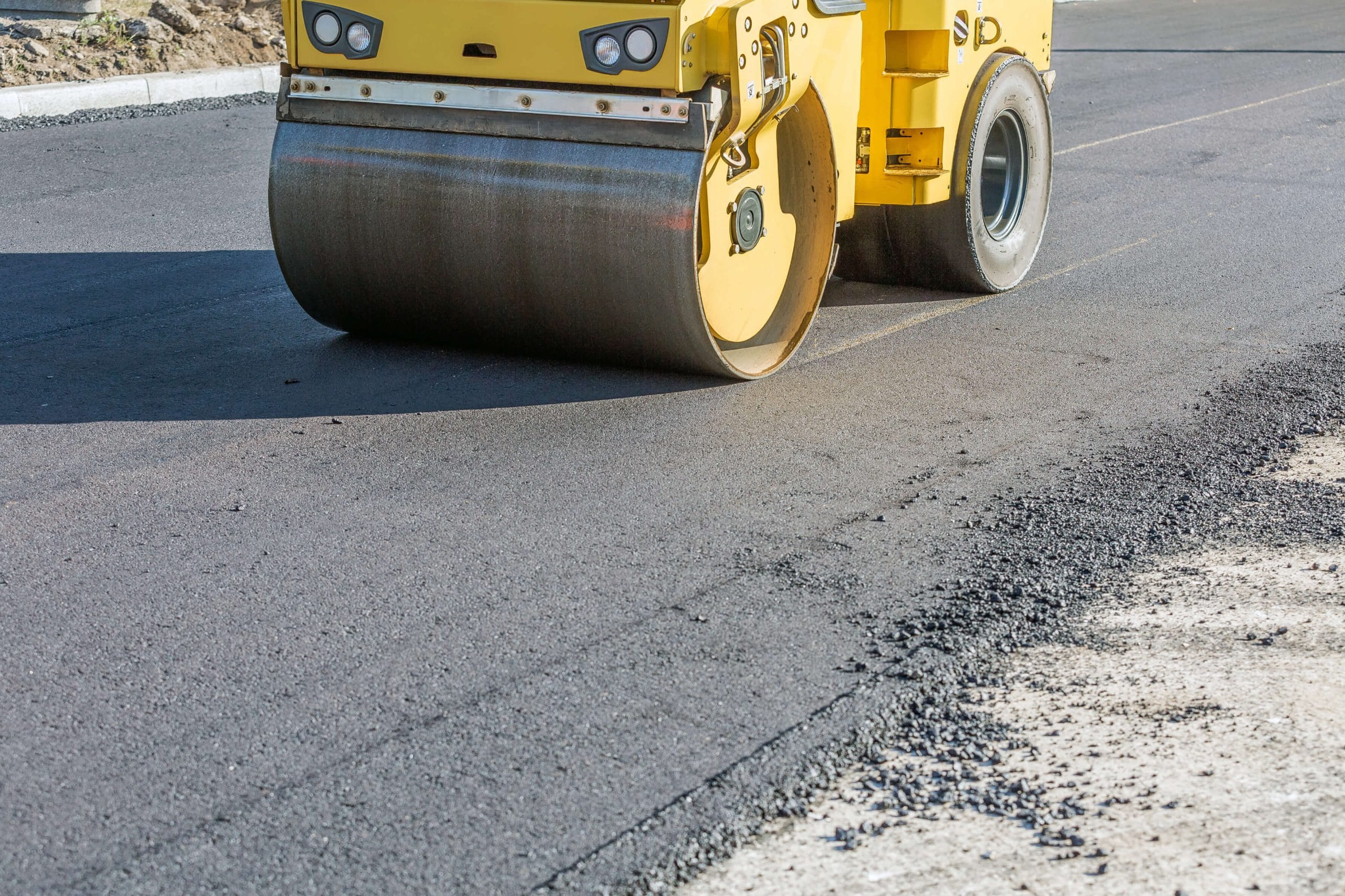Though you may think of an asphalt parking lot as a big dump of asphalt pavement, there’s much more to it than that. Like many other building materials asphalt is a complex material that needs regular care and maintenance to keep it strong, solid, and free of cracks and issues.
One of the best things you can do to keep your asphalt in good shape is having it sealed as necessary. Sealing the asphalt helps refresh its waterproofing abilities, keeps issues like cracks and potholes from ruining your lot, and makes your lot look beautiful.
While it’s a good idea to seal your asphalt lot, there are better times than others for this chore. Many asphalt low owners are tempted to seal their lots before the cold of winter unleashes itself on their spaces but that may not be the best idea. Let’s learn why seal-coating your asphalt at the end of the season isn’t always smart.
How Resealing Works
Sealing is a liquid coat that goes over an existing asphalt lot to help extend its useful life. If you’re at home, look for a can of paint, or another type of coating and read the can. Does it have temperature limits on when you should and shouldn’t paint? Sealing is the same way. The compounds and components of asphalt sealant have conditions where it will be at its most effective and conditions where it won’t take as well. You must follow these recommendations, or you’re wasting sealant and money.
Temperature
You need both an even, warm air temperature and ground temperature for sealing to be effective. Warm temperatures and direct sunlight help a sealant dry correctly and remain on top of the asphalt. Colder temperatures can cause delays in drying times and could force you to close your lot for multiple hours, or even days at a time. Again, you need a great air and ground temperature. It won’t be helpful applying sealant in 60 degrees air temperature when the ground is still frozen from the morning. Different sealant formulations will have recommendations on their ideal application temperature.
Adverse Weather
Adverse weather and unpredictable weather is likely right before winter, and that could ruin your sealant application. The longer the sealant hangs out on top of your asphalt before drying (the colder it is), the more likely a weather event could ruin your sealer. Even a light rain ruins sealer that hasn’t dried yet. Morning frost? Kiss your new coat goodbye. Pay special attention not only to the weather during the day of application but the day before and the days following application. End-season may not always have several nice days for proper resealing.
Talking to an Asphalt Contractor
A local asphalt contractor is your best friend if you’re looking to get your asphalt sealed before the snow and ice comes. They can look at the forecast and your situation and determine if your lot is ready for resealing or if you need to wait it out until Spring. Be aware – many lot owners call in for resealing at the end of the warm season so get your lot in line before it’s too late.
Sealing your blacktop is one of the best things you can do for your asphalt, but only if conditions allow for it. Both temperature and other climate conditions must be ideal and per the sealer’s specifications, so be wary trying to apply quickly before the cold comes. You can speak with a local asphalt company to help determine if your lot is a good candidate for resealing or if your lot needs to wait for warmer temperatures. Listen to your asphalt company for the best resealing job.


